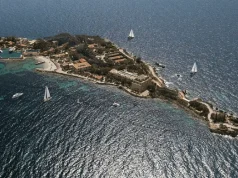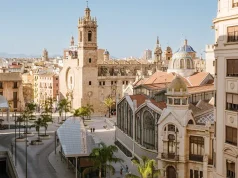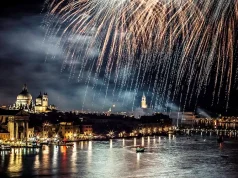Europe is a continent that weaves together a rich mosaic of history, culture, and natural beauty, offering travelers a myriad of experiences that range from the ancient streets of Rome to the modernist marvels of Barcelona. Yet, beyond these iconic destinations lies a treasure trove of undiscovered cities, each brimming with unique charm and hidden wonders waiting to be explored. For the intrepid traveler seeking to venture beyond the usual tourist hotspots, Europe’s lesser-known city breaks present a perfect opportunity to immerse in the authentic essence of European life. These hidden gems offer serene beauty, untouched history, and a chance to explore the continent’s diverse heritage without the interference of crowds. This guide aims to unveil the top 7 undiscovered city breaks in Europe, catering to those who desire a journey filled with solitude, authenticity, and the thrill of discovery. These destinations are not just places to visit; they are experiences to be lived, offering a deeper connection to the cultures and landscapes that make Europe so endlessly fascinating.
Braga, Portugal: A Timeless Wonder in the North
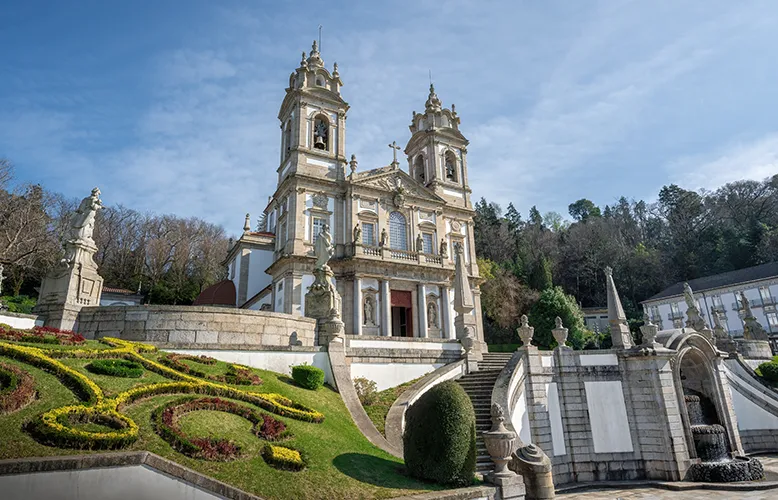
Braga, one of Portugal’s oldest cities, offers an exquisite blend of ancient history, vibrant culture, and stunning architecture. This city, nestled in the north of Portugal, is often overshadowed by its more famous counterparts, Lisbon and Porto, yet it holds treasures that are equally captivating. Visitors can explore centuries-old churches, wander through historic streets lined with baroque buildings, and immerse themselves in the local cuisine, which is both rich and diverse. Braga’s serene parks and gardens offer a peaceful retreat from the urban exploration, making it a perfect destination for those looking to experience Portugal’s timeless beauty in a more intimate setting.
Ghent, Belgium: A Medieval Masterpiece Untouched by Time
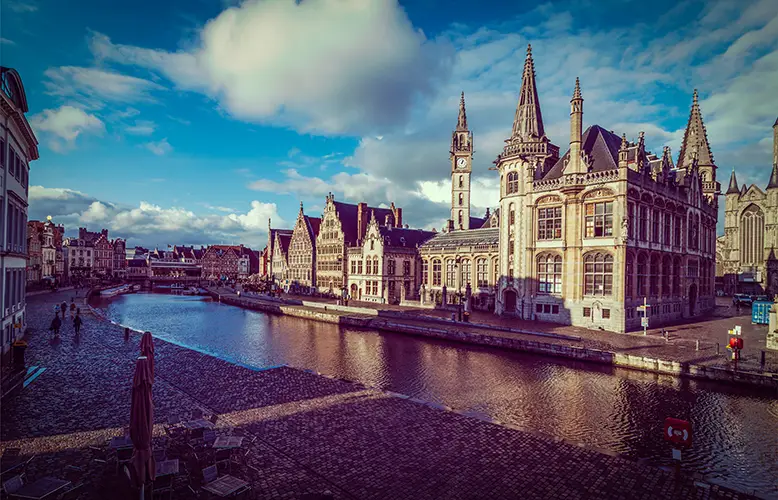
Hidden away in the heart of Flanders, Ghent is a city where time seems to stand still. With its well-preserved medieval architecture, winding canals, and vibrant cultural scene, Ghent offers a quieter, yet equally enchanting alternative to the more crowded European cities. This destination is perfect for those interested in the best road trips in Europe, as it serves as an ideal starting point or stopover. Visitors can delve into the rich history of the city at the Gravensteen Castle, enjoy contemporary art in the Design Museum, or simply take a leisurely boat ride along the canals to admire the city from a different perspective. Ghent’s commitment to preserving its historical integrity while embracing modernity makes it a must-visit for anyone seeking an authentic European city break.
Ljubljana, Slovenia: Europe’s Green Capital
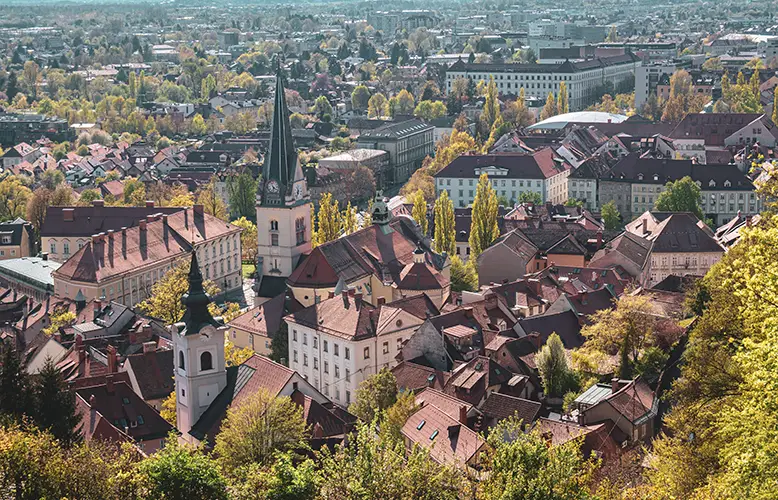
Ljubljana, the capital of Slovenia, is a city where nature and urban life blend seamlessly. Known for its environmental initiatives, Ljubljana has earned the title of Europe’s Green Capital, offering lush parks, car-free city centers, and a river that runs through the heart of the city. The Ljubljanica River, with its picturesque bridges and riverside cafes, provides a tranquil setting for both relaxation and exploration. The city’s castle, perched atop a hill, offers panoramic views of the red-roofed cityscape against the backdrop of Slovenia’s verdant landscapes. Ljubljana’s compact size makes it easy to explore on foot or by bike, allowing visitors to discover hidden courtyards, unique art installations, and vibrant marketplaces at their own pace.
Aarhus, Denmark: A Hub of Nordic Culture and History
As Denmark’s second-largest city, Aarhus is a dynamic mix of youthful energy and historic charm. This city is a cultural hub, home to a plethora of museums, galleries, and theaters, making it one of the best places to visit in Europe for those interested in the arts. The Aarhus Art Museum, with its iconic rainbow panorama, offers a unique perspective on both the city and contemporary art. The Old Town Museum, an open-air museum, allows visitors to step back in time and experience Danish urban life through the centuries. Aarhus’s commitment to innovation and sustainability can be seen in its architecture, cuisine, and urban planning, making it an inspiring destination for modern travelers.
Valletta, Malta: A Sun-Kissed Mediterranean Jewel
Valletta, the capital of Malta, is a city steeped in history and bathed in the Mediterranean sun. This UNESCO World Heritage site is renowned for its well-preserved baroque architecture, stunning coastal views, and vibrant street life. Valletta’s narrow streets are home to opulent palaces, ancient churches, and myriad cafes and restaurants offering traditional Maltese cuisine. The city’s compact size makes it ideal for exploring on foot, allowing visitors to uncover its many hidden treasures at a leisurely pace. Whether watching a breathtaking sunset from the Upper Barrakka Gardens or delving into the city’s rich history at the National Museum of Archaeology, Valletta promises an unforgettable escape into the heart of the Mediterranean.
Riga, Latvia: A Baltic Blend of Beauty and History
Riga, the capital of Latvia, is a city where history and modernity converge. Known for its stunning Art Nouveau architecture, vibrant cultural scene, and picturesque Old Town, Riga offers a diverse array of experiences for travelers. The city’s historic center, a UNESCO World Heritage site, is a maze of cobblestone streets, historic buildings, and lively squares, offering a glimpse into the past. Meanwhile, Riga’s contemporary art galleries, trendy cafes, and bustling markets reflect its dynamic present. Visitors can enjoy panoramic views of the city from St. Peter’s Church tower, explore the Riga Central Market, or take a leisurely stroll along the Daugava River, experiencing the best of what the Baltic region has to offer.
Graz, Austria: A Culinary Capital with Historic Charm
Graz, nestled in the heart of Austria, is a city where history and modernity dance in harmony, creating a vibrant tapestry of cultural and culinary experiences. Known as Austria’s culinary capital, Graz is a destination where food is not just nourishment but an art form. The city’s rich culinary scene is deeply rooted in the fertile lands of Styria, often referred to as Austria’s “green heart,” which provides a bounty of fresh, high-quality ingredients that inspire local chefs and delight food lovers. From traditional Styrian dishes that have been passed down through generations to innovative culinary creations that push the boundaries of modern cuisine, Graz offers a gastronomic journey that is both diverse and deeply satisfying. Walking through Graz, one is immediately struck by the stunning juxtaposition of its architectural beauty. The city’s UNESCO-listed historic center is a marvel of preservation, with medieval, Renaissance, and baroque buildings lining the cobblestone streets, their facades telling stories of centuries past. Yet, Graz is not a city stuck in time; it embraces the future with cutting-edge design and innovative urban planning. The Kunsthaus Graz, an exhibition center for contemporary art, stands as a testament to the city’s modern spirit, its biomorphic shape a bold contrast to the historic skyline.
The journey through Europe’s lesser-known cities is one of endless discovery, where each destination reveals its own unique story, culture, and landscape. From the tranquil streets of Braga to the culinary capitals hidden in Austria, these top 7 undiscovered city breaks offer more than just a getaway from the crowds; they provide a gateway into the heart and soul of Europe. For those willing to explore the road less traveled, the rewards are manifold: authentic experiences, connections with local cultures, and memories that linger long after the journey ends. As you embark on your adventure to these hidden European gems, you’re not just escaping the crowds—you’re embracing a world of discovery, where the beauty of Europe unfolds in its most genuine and captivating form. So, pack your bags, set your sights on the unexplored, and prepare to uncover the undiscovered splendors that await in Europe’s charming, lesser-known cities.


